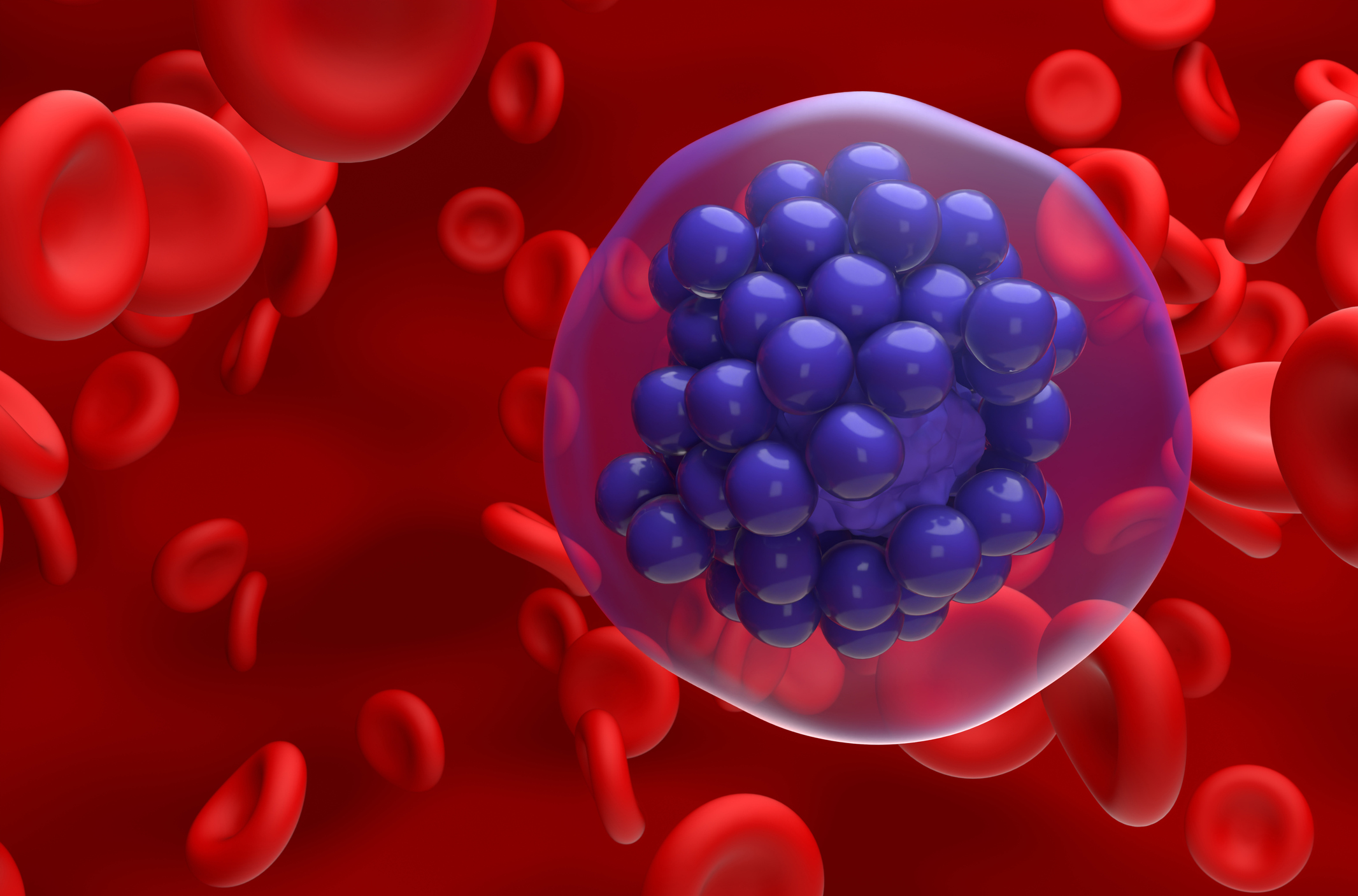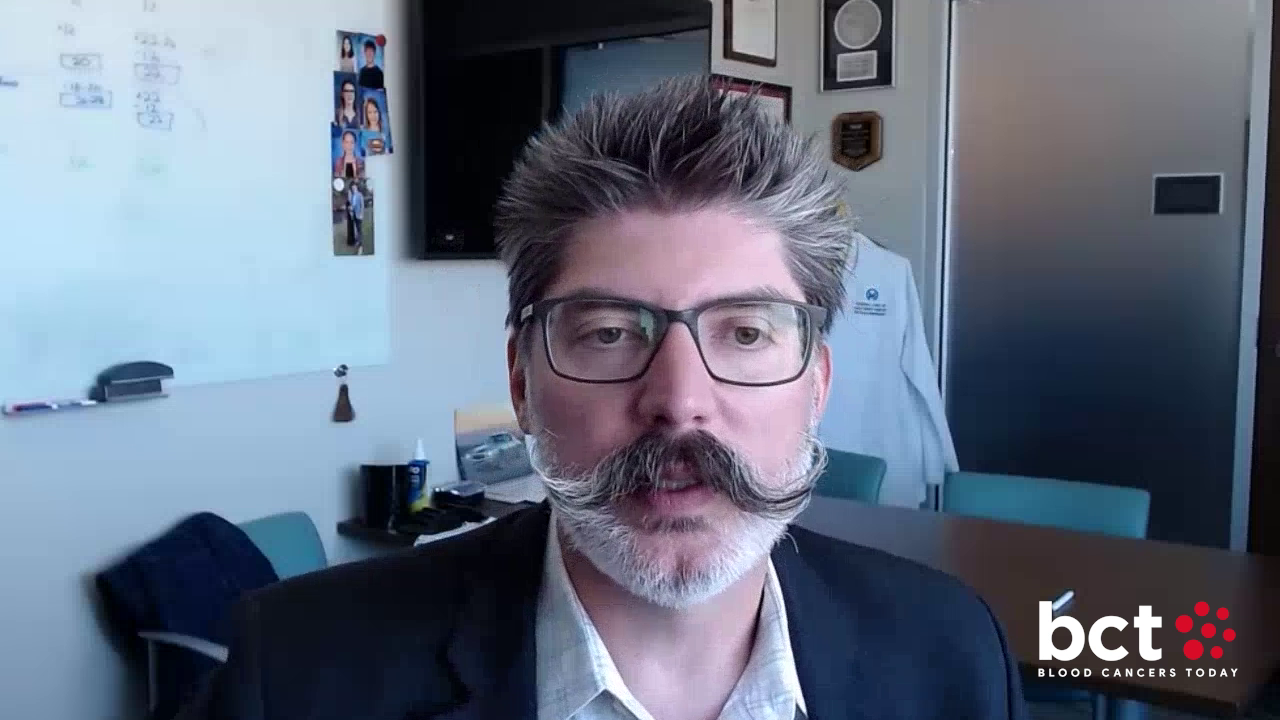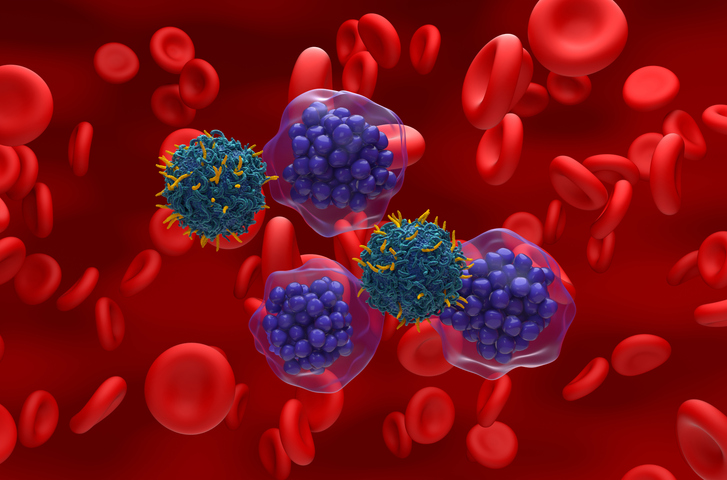
A modeling and simulation approach identified odronextamab dosing regimens that could be used in children with aggressive non-Hodgkin lymphoma (NHL), according to research presented at the 2022 American Society of Hematology Annual Meeting.
Odronextamab, a hinge-stabilized, human CD20×CD3 immunoglobin four-based bispecific antibody, binds to CD20-expressing cells and CD3 on T-cells, “targeting CD20-positive cells via T-cell-mediated cytotoxicity, independent of T-cell receptor-mediated recognition,” according to the study’s authors.
They conducted the research to determine intravenous dosing regimens for children “that can achieve similar exposures to those achieved in adults” because a study of odronextamab is planned in pediatric patients with B-cell NHL.
The researchers conducted the study in six steps.
- They developed a population pharmacokinetic model by using data from adults who received odronextamab intravenously and assessed the impact of body weight on drug clearance and the volume of distribution.
- The researchers then created a virtual pediatric population using demographics derived from the 2017-2018 National Health and Nutrition Examination Survey database.
- They then extrapolated pediatric model parameters from those of adults by applying the impact of weight and age on drug clearance and volume of distribution.
- The researchers simulated odronextamab pharmacokinetic profiles in virtual pediatric patients aged six months to 18 years old. The simulation included four weight bands, including patients who weighed 40 kg or more, those who weighed 20 to 39 kg, those who weighed 10 to 19 kg, and those who weighed six to nine kg.
- They adjusted odronextamab doses in each weight band during each weekly dosing period and every two weeks “with the aim of matching adult patient exposures,” the study’s authors wrote.
- The researchers selected pediatric regimens for testing based on safety and efficacy measures. For safety, the median maximal concentration during cycle one step-up dosing within 80% to 125% of the adult value was measured, while the median minimal concentration at a steady state during cycle two onwards, not less than the adult value, was measured for efficacy.
The simulation approach showed that children who weighted 40 kg or more could receive the adult odronextamab regimen, while patients weighing less than 40 kg could receive reduced doses according to their weight bands.
“The regimens and model assumptions will be tested in a pediatric study with patients weighing ≥20 kg enrolled first,” the study’s authors wrote.
The simulation predicted no significant difference in the median maximal concentration with step-up doses, with median minimal concentration values at a steady state that were not below those observed in adult patients.
“The modeling and simulation approach allowed the identification of dosing regimens that might be suitable for investigational use in children with [B-cell] NHL,” the study’s authors concluded. “Based on predicted [pharmacokinetic] profiles, pediatric dosing regimens tiered by [weight] bands may preserve the efficacy of odronextamab observed in adults, without increasing the risk of acute toxicity.”
Reference
Zhu M, Dodds M, Ambati SR, et al. Selection of odronextamab pediatric dosing regimens for aggressive non-Hodgkin lymphoma via a modeling and simulation approach. Abstract #3992. Presented at the 64th ASH Annual Meeting and Exposition; December 10-13, 2022; New Orleans, Louisiana.






 © 2025 Mashup Media, LLC, a Formedics Property. All Rights Reserved.
© 2025 Mashup Media, LLC, a Formedics Property. All Rights Reserved.